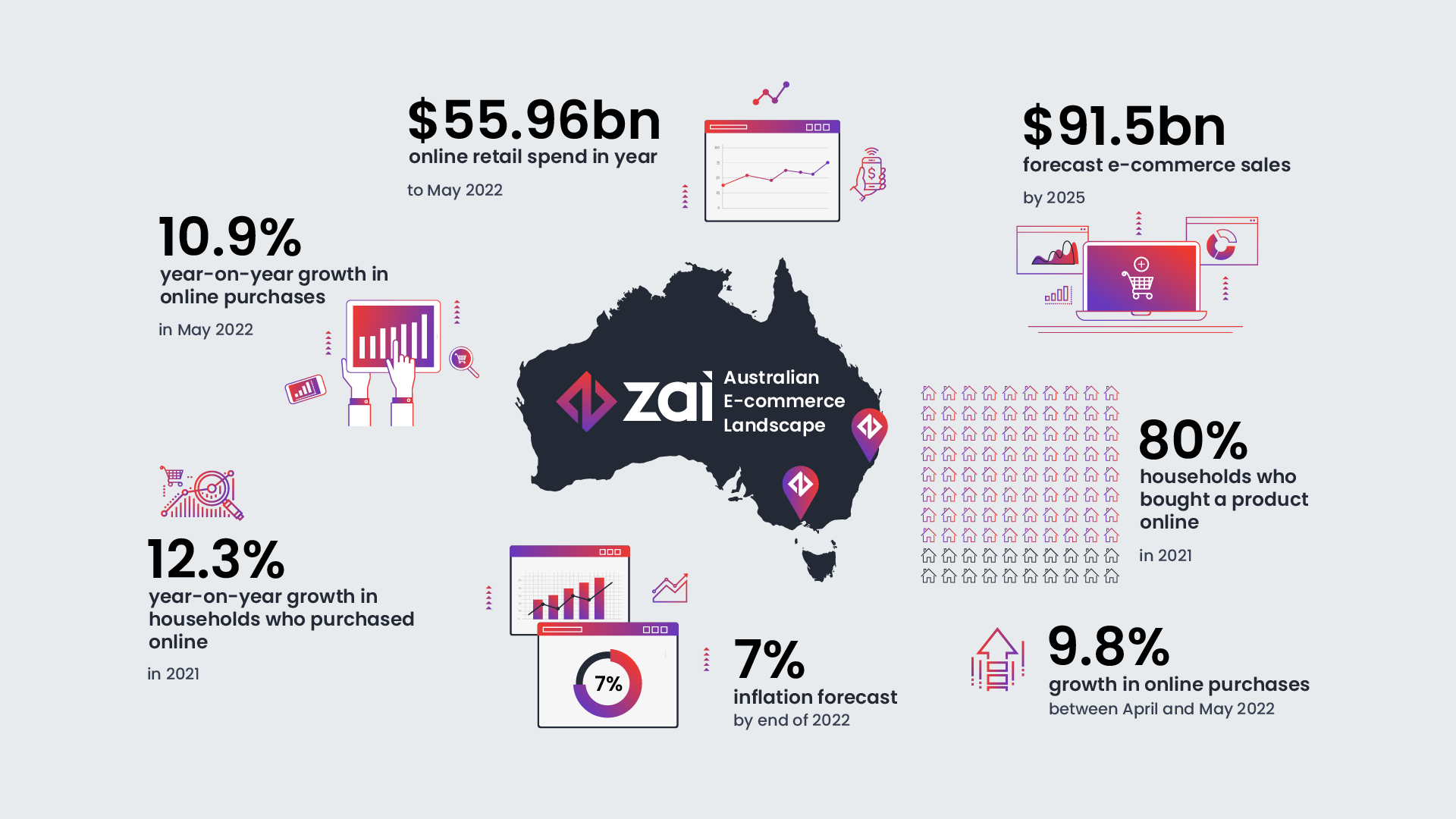Online platforms have the potential to grow quickly so it’s important to ensure that yours has the foundations in place for an efficient and effective payments infrastructure - one that can evolve as your needs change. If payments become a bottleneck, then the entire business suffers, allowing rivals to potentially gain a competitive advantage. If a rival platform becomes dominant, it can be difficult to win back market share.
By planning ahead and working with the right payment partner, it’s possible to leverage other business benefits that will help your platform go from strength to strength.
More customers means more payments
Digital businesses are very different from “bricks and mortar” businesses, especially when scaling up. Since business is conducted online, retail space is not a consideration when managing customer growth - but payments are. If your customer base expands quickly, your payments infrastructure needs to be able to cope with handling large numbers of transactions simultaneously. At the same time, your payment infrastructure must also deal with issues related to fraud risk, user authentication and reporting. And doing all that in-house could mean taking on more office space and staff than you actually need, or can afford.
More customers also means more transactions. As a result, you will have to deal with more customer service inquiries, regarding issues such as declined payments. Rather than dealing with payment infrastructure issues, it’s important to focus on delivering great customer service so that payments are painless for customers and the business can continue to grow. That’s another reason for having the infrastructure in place from the outset.
Of course, it’s not simply about growing bigger; it’s about becoming better too. Any improvements in functionality and flexibility when it comes to payment processes is good for both the organisation and customers. This is particularly important should you have to adapt for new markets, perhaps with different payment preferences. For example, credit card usage can vary greatly from country to country, as can decline rates and risk of fraud. According to Forrester research, while US customers prefer credit cards for paying online, many Europeans and Australians prefer debit cards. Germans tend to opt for bank transfers. Digital wallet payments are increasing in most countries. A study from Juniper Research suggests that total spend could exceed US$10 trillion up from US$5.5 trillion in 2020.
These variations in payment culture from one region to another emphasise the importance of giving customers more options. If your payment infrastructure doesn’t have that flexibility built in, you’ll end up with more abandoned transactions - which will inevitably stunt growth.
Global payment reach
As an online platform, you need the capacity to accept, and make payments in multiple currencies. Keeping transfer fees and FX charges low while making transactions fast to optimise cashflow is challenging for any business. It’s possible to set up an in-house hedging function to manage currency risk, but this is really only viable, from a resource perspective, for more established companies, handling large FX transactions.
Expanding into new markets also means dealing with different legal requirements, many of which are related to payment cultures. Today customers pay using cards, payment providers, mobile devices, biometrics and even voice commands. In some countries, there are payment methods in operation that are unique to that region. In the Netherlands, for instance, consumers use the i-Deal e-commerce platform to pay for goods and services using direct online transfers from a personal bank account. In Australia, younger consumers are looking to biometrics and other touch-free payment methods. So, while your infrastructure must be able to grow, it must also be able to cope with market variations when it comes to compliance.
Growing better
Scaling isn’t just about growing your capabilities, it’s about preparing for the next stage of your growth. If you change your revenue model, or add new products, will your payment infrastructure be able to cope?
Ramping up to handle rapid growth in payments is one thing, but future-proofing your payments infrastructure for every stage of the payment journey, from customer authentication to reconciliation is complex - and the technology is still advancing. The resources needed to carry out the back-end processing are considerable and not every company will have the expertise or resources to keep pace with industry developments.
Traditional banks have been slow to provide the features businesses require. Many still use older payment technologies that are slow and costly. At last, that’s all changing with open banking and application programming interfaces (APIs). With solutions provided by the likes of Zai, real-time payments and business-friendly features have become the norm.
Making payments easier for scaling businesses
Putting the payments infrastructure in place for your business can take up a lot of your time, personnel and other resources, especially when you’re focused on managing growth. Which is where Zai comes in. Our solutions are designed around digital businesses just like yours and will grow and adapt as your business evolves. No matter how challenging, or demanding your payment needs are, our platform will simplify them.
Ultimately, keeping your platform growing means keeping your customers satisfied. Customers must focus their energies on a customer-centric approach to make the payment journey seamless, flexible, secure and personalised. As your partner, at Zai, it’s our job to look after the back-end making the infrastructure simple, scaleable, and cost-effective.



